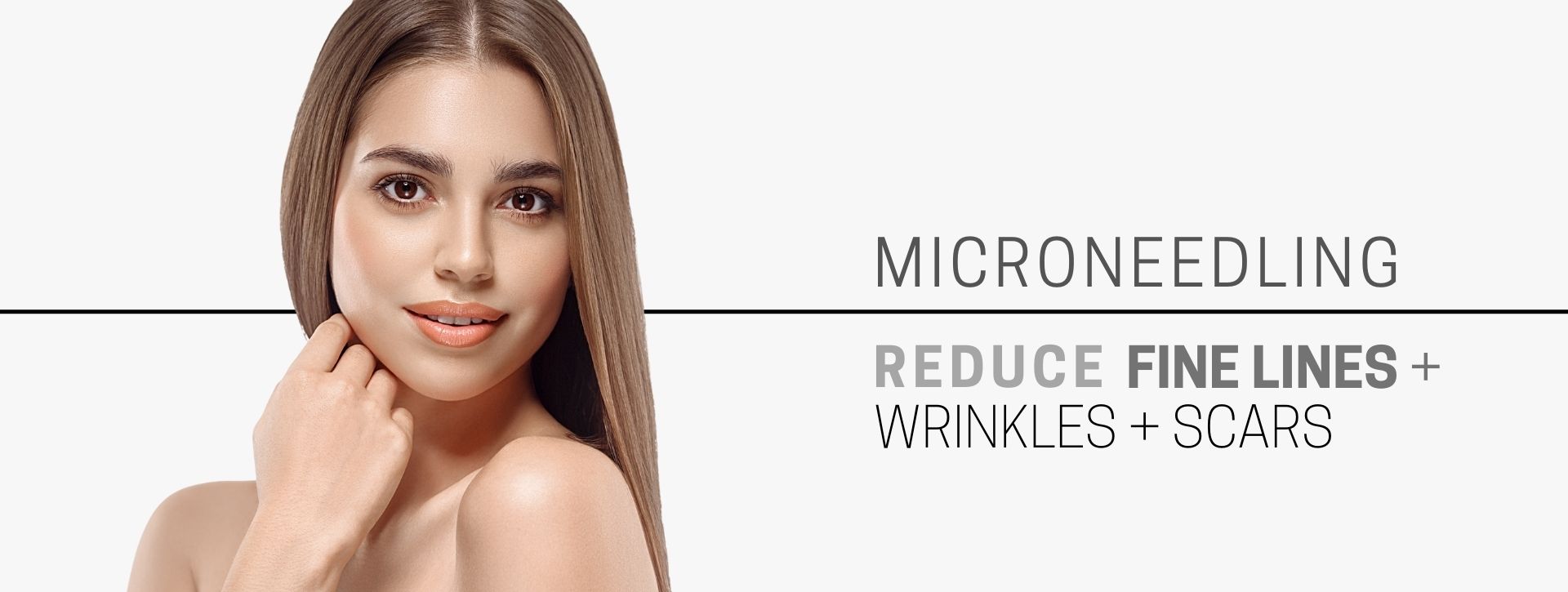
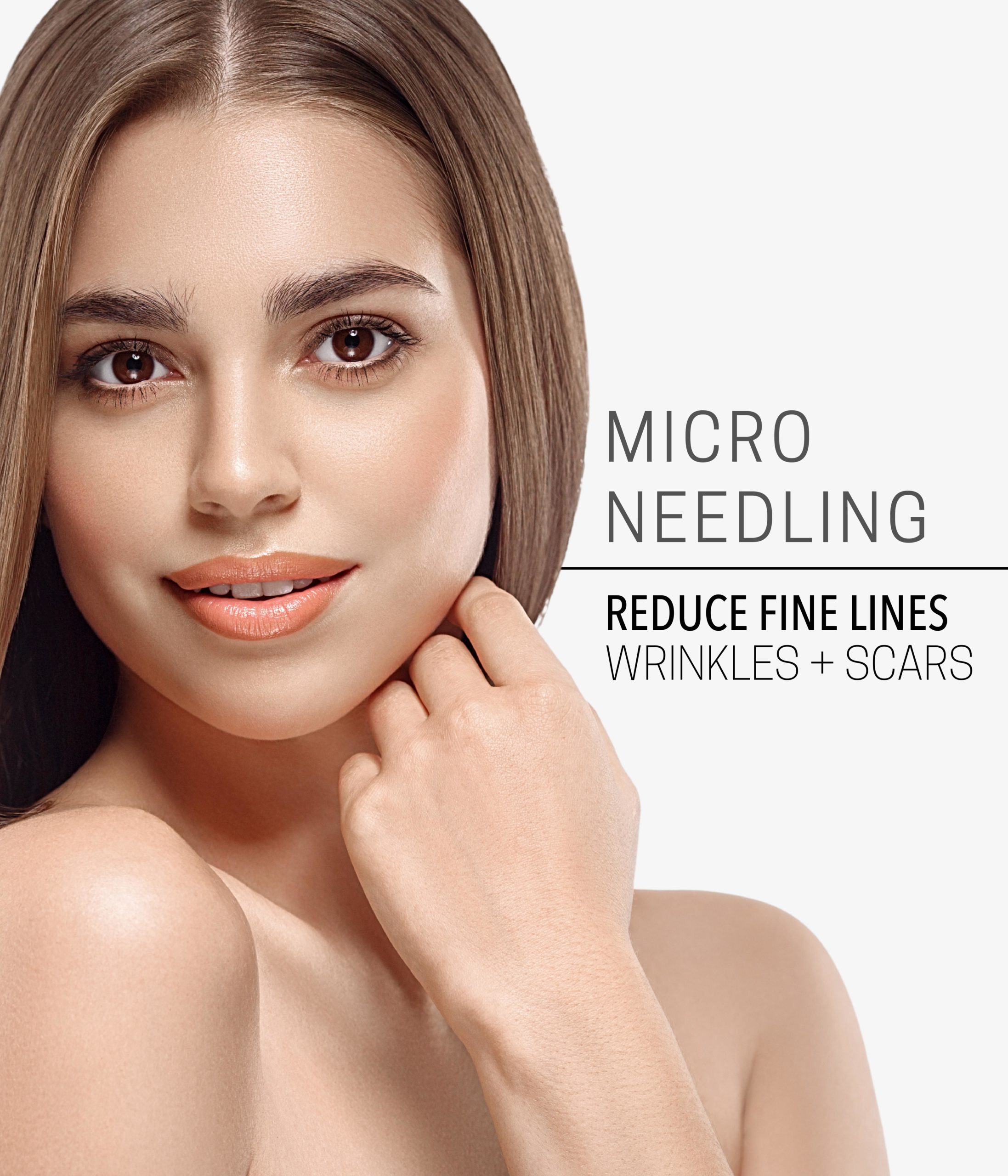

By submitting this form you agree to be contacted via phone/text/email.
What is Microneedling?
Microneedling (aka collagen-induction therapy) is a nonsurgical treatment that penetrates your skin’s surface with tiny needles to improve its appearance. It may sound a little medieval, but most skin rejuvenation treatments, whether laser or a chemical peel, manipulate a wound-healing response to create a structural and cosmetic benefit.
The procedure can help smooth lines and wrinkles, even skin tone (including stubborn melasma), refine enlarged pores, tighten skin, and fade scars and stretch marks.
Who makes a good candidate for microneedling?
Adults who are in good health (free from any infections, a fever, or a rash) and looking to help smooth fine lines and wrinkles, boost collagen production, or combat scars from acne or injuries are good candidates for microneedling.
There are relatively few risks with the treatment, but it isn’t recommended for women who are pregnant or nursing. Additionally, if you have lupus or vitiligo, there can be unwanted side effects or lesions (called the Koebner phenomenon).
What are the benefits of microneedling?
By creating microscopic punctures in the skin, microneedling creates thousands of tiny injuries. This triggers a healing response that releases a cascade of growth factors, which in turn boosts production of the body’s own collagen (the protein fibers that keep skin smooth and supple).
It’s a form of fractional treatment, which means only a fraction of the skin’s surface is affected. This means that recovery time is relatively short.
Microneedling also allows ingredients to penetrate dramatically better and work more effectively, by creating channels for topical products to be absorbed.
Does microneedling work?
The science behind microneedling, which dates back to the early 1900s, is stacking up. In a 2018 study on patients ages 35 to 75, researchers reported a noticeable improvement in lines and wrinkles, skin laxity, and skin texture three months after the first of four monthly microneedling treatments—and improvements continued for two more months. The boost in skin tightening, researchers noted, was largely due to the conversion of collagen III, the type found in older skin, to collagen I, the type found in younger skin—a process that can take as long as a year to complete. Results, however, aren’t permanent; they must be maintained with touch-up treatments.
Microneedling is also effective for scars, though the level of improvement depends on the type of scar. In a 2015 study on pitted acne scars, biweekly treatments produced a good to very good response in rolling and boxcar scars, which are shallow, while icepick and deeper scars had a moderate to poor response.
Studies also show that early and late stretch marks can be improved by microneedling, however, doctors on RealSelf stress that consistent and long-term treatment—often six or seven sessions—is needed to make them less noticeable.
In the study mentioned above, side effects (mainly redness) were minor and easily managed compared to other invasive technologies, such as laser ablation and radiofrequency.
REJUVAPEN MICRONEEDLING BEFORE AND AFTER
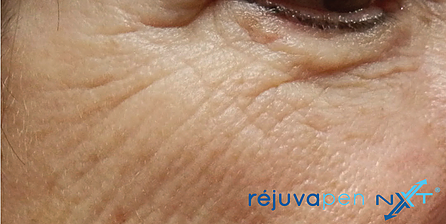
before
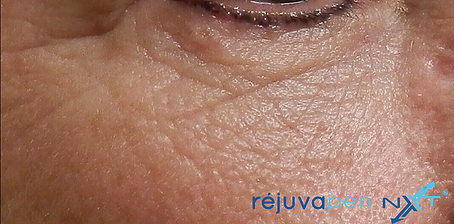
after
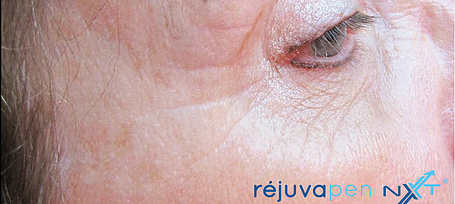
before
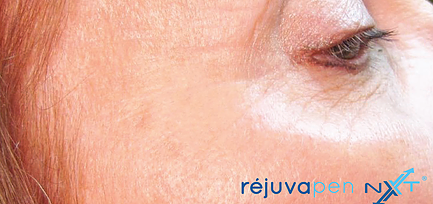
after
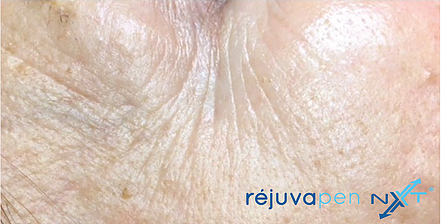
before
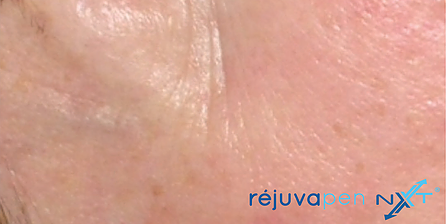
after

By submitting this form you agree to be contacted via phone/text/email.


By submitting this form you agree to be contacted via phone/text/email.
